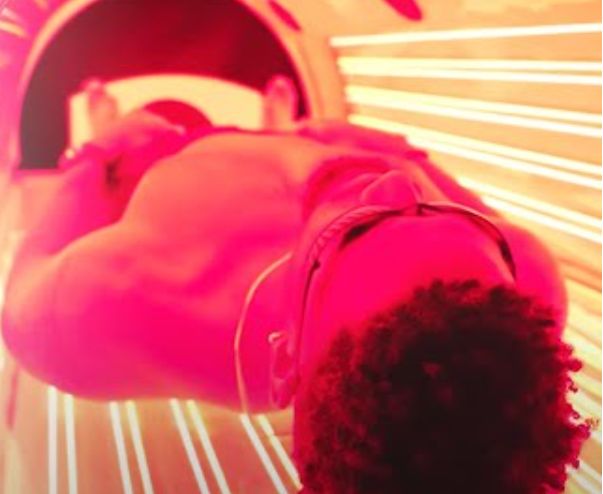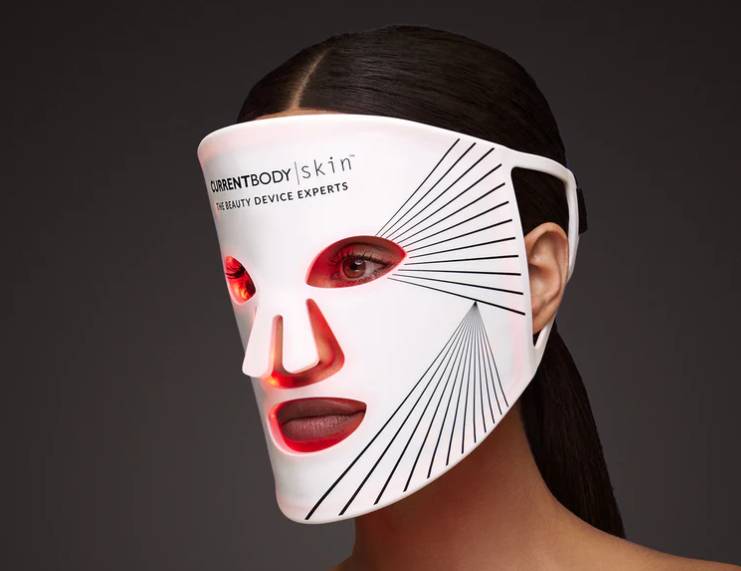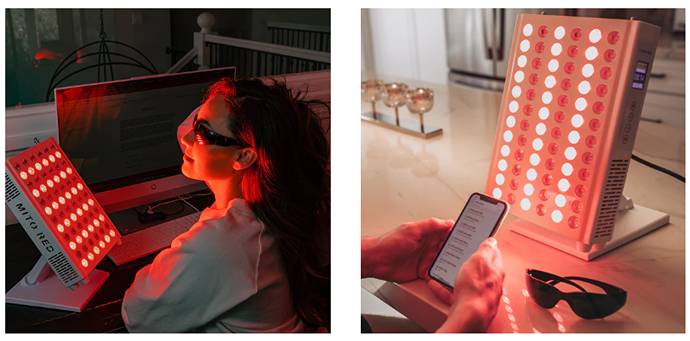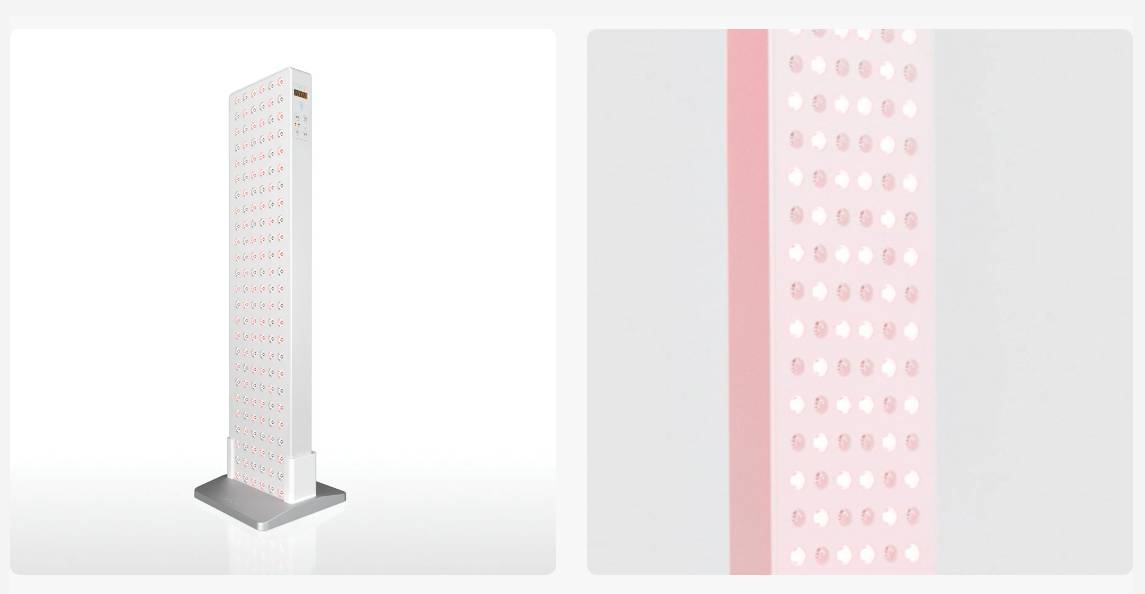
Radiant Revival: The Ultimate Guide to Red Light Therapy Devices
Red Light Therapy (RLT) is quickly emerging as a sought-after treatment in the realms of skincare, pain relief, and overall wellness. As technology evolves and more individuals seek non-invasive health solutions, the popularity of RLT has seen a significant uptick.
What is Red Light Therapy?
Red light therapy involves exposing the body to low wavelengths of red light, which is believed to stimulate various biological processes.
The mechanism behind RLT centers on the theory that red light wavelengths trigger the production of adenosine triphosphate (ATP) in mitochondria—the powerhouses of our cells.
This process potentially enhances cell regeneration and repair, which is why RLT is credited with a host of health and cosmetic benefits.
Benefits of Red Light Therapy
The benefits of red light therapy are wide-ranging. Clinical studies and expert analyses have linked RLT to improved skin health, with enhancements in elasticity and reduction in signs of aging like wrinkles and sunspots.
It has been found effective in reducing inflammation, aiding muscle recovery, and even enhancing mental health by reducing symptoms of anxiety and depression.
The Science Behind Red Light Therapy
The principle is based on the concept of photobiomodulation, where specific light wavelengths stimulate cellular activity leading to beneficial health effects. Over the past two years, research has intensified, revealing that when cells absorb photons, mitochondrial function is boosted, leading to increased cellular energy production.
Recent studies have demonstrated that RLT can significantly increase collagen production in the skin, aiding in anti-aging and skin repair.
Another exciting development in the field is its application in medical settings, where RLT is being used to speed up the healing process of diabetic ulcers, reduce the side effects of chemotherapy in cancer patients, and manage chronic pain conditions such as arthritis.
These findings not only validate the effectiveness of red light therapy but also expand its potential applications, making it a compelling option for those seeking alternative therapeutic approaches.
Key Features to Consider When Choosing a Red Light Therapy Device
When selecting a red light therapy (RLT) device, several key features should be considered to ensure you receive the maximum benefit:
-
Wavelength: The effectiveness of RLT depends significantly on the wavelength of the light used. Most research supports wavelengths in the range of 660 nm for red light and 850 nm for near-infrared light.
-
Power: The power output of the device affects the dosage of light, which is crucial for the treatment's efficacy. Devices with higher power can deliver more energy over a shorter period.
-
Size: Consider the size of the device based on the area of the body you intend to treat. Larger panels are better for full-body treatment, while smaller devices are suitable for targeting specific areas.
-
FDA Approval: An FDA-approved device ensures that it has been evaluated for safety and efficacy, providing an extra layer of trust and security.
Review of Top Red Light Therapy Devices
In exploring the top red light therapy devices, a few standout options have emerged, each catering to different needs and preferences:
CurrentBody LED Mask
This device is designed with a flexible silicone that conforms to the face, ensuring comfort and optimal light coverage. It features 98 LEDs, split between red light and near-infrared light, ideal for skin rejuvenation and wrinkle reduction.

The mask is FDA cleared, making it a safe choice for home use. It's particularly handy for facial treatments due to its ease of use and effective light delivery.
MitoPRO Series
This series includes several panels like the MitoPRO 300, 750, and 1500, offering options for targeted, half-body, or full-body treatments. These panels deliver red and near-infrared wavelengths, specifically 630 nm, 660 nm, 830 nm, and 850 nm, ensuring a range of therapeutic benefits.

The MitoPRO 1500, for example, is ideal for full-body treatments given its large size and high number of LEDs, providing deep tissue penetration and promoting overall wellness.
MitoADAPT Series
Known for its customization, this series features panels with a dual chip, multi-wavelength design, allowing users to choose from 11 different treatment modes.

This feature is especially beneficial for users who want to tailor their therapy sessions based on specific health goals. The MitoADAPT panels also integrate with a mobile app, enhancing user experience by allowing progress tracking and session customization.
Joovv Solo 3.0
This panel is designed for versatility, offering features like Recovery+ mode for enhanced athletic recovery and Ambient mode for improved sleep quality by mimicking sunset light.

The Joovv Solo 3.0 uses red light at 660 nm and near-infrared light at 850 nm, suitable for skin care and deeper tissue treatment. However, it's worth noting that some claims about its pulsed light technology are not fully backed by research, suggesting a need for further study on its effectiveness.
How to Use Red Light Therapy Devices
To safely and effectively use red light therapy devices, follow these guidelines:
-
Read the Manual: Before starting, read the device's manual thoroughly to understand specific usage instructions and safety precautions.
-
Prep Your Skin: Cleanse your skin to remove any lotions or cosmetics that might reflect or absorb the light.
-
Treatment Duration: Follow the recommended exposure times to avoid overuse. Typically, treatment times range from 10 to 20 minutes per session.
-
Frequency of Use: Most manufacturers recommend daily sessions for the first 1 to 4 weeks, followed by a maintenance schedule of 2-3 times per week.
-
Eye Safety: Wear eye protection if the light is bright or if using near-infrared wavelengths, as these can be harmful to your eyes.
Tips on Integrating RLT into Your Daily Routine
-
Morning or Night: Incorporate RLT into your morning or nighttime routine, depending on what works best for you and the specific benefits you seek (e.g., energizing in the morning, calming at night).
-
Consistency Is Key: Regular and consistent use is crucial to achieving visible results. Set reminders if needed to keep your treatment schedule consistent.
-
Combine with Other Treatments: RLT can be combined with other skincare treatments or pain management routines for enhanced effects.
Red light therapy devices offer a versatile and effective solution for enhancing skin health, easing pain, and improving overall wellness when used properly. By understanding and implementing the correct usage techniques, you can fully harness the potential of this technology to meet your health goals, ensuring both safety and efficacy in your treatments.

Comments (0)